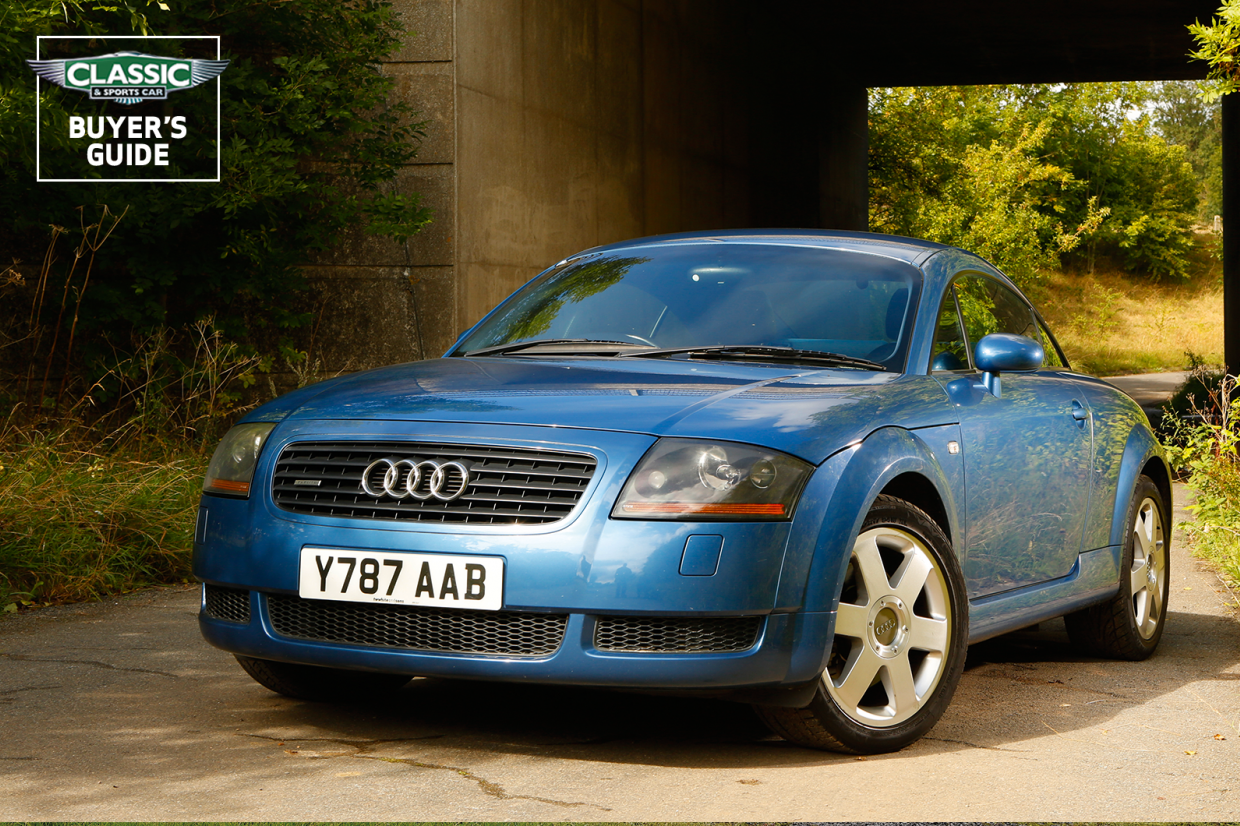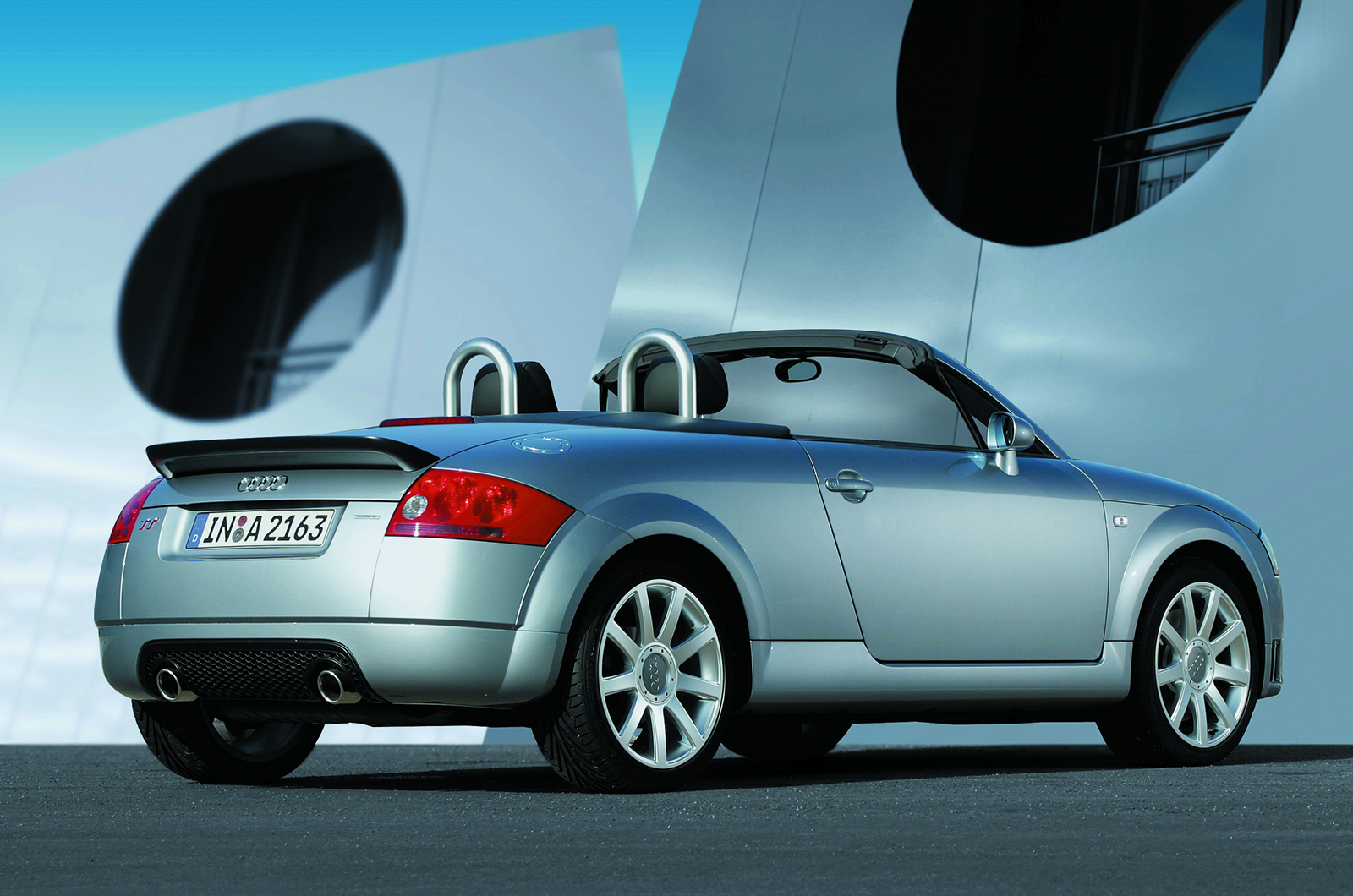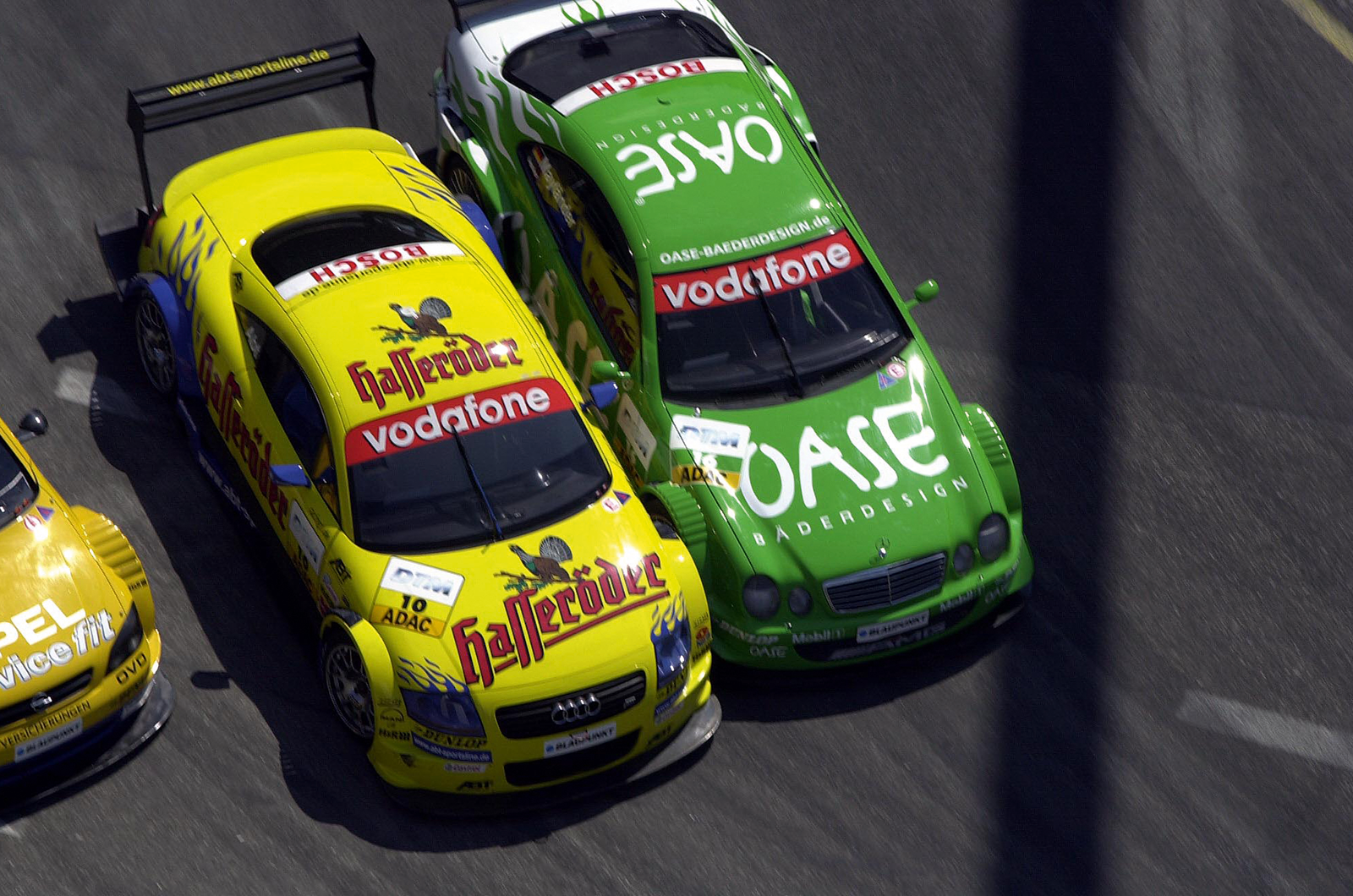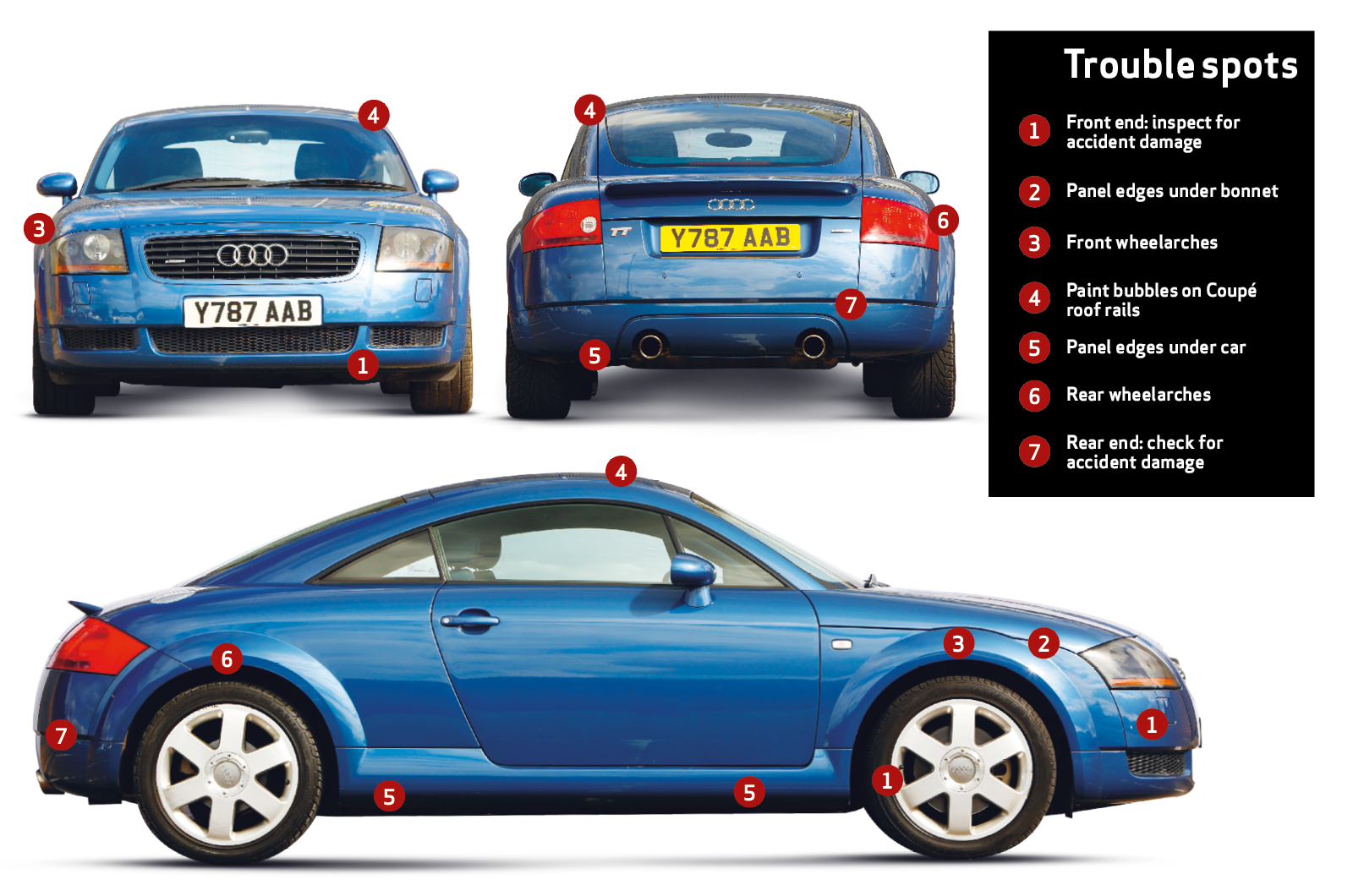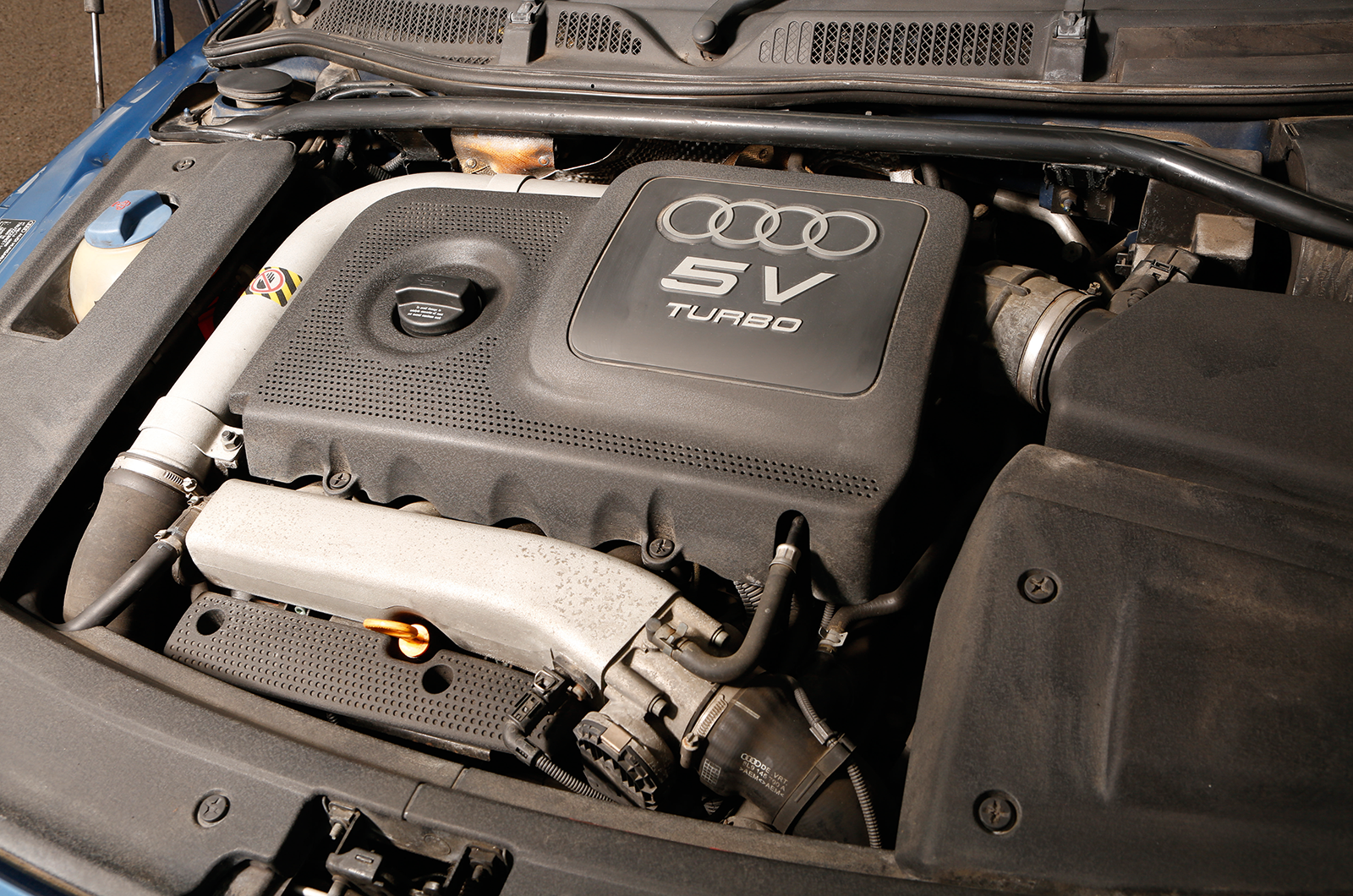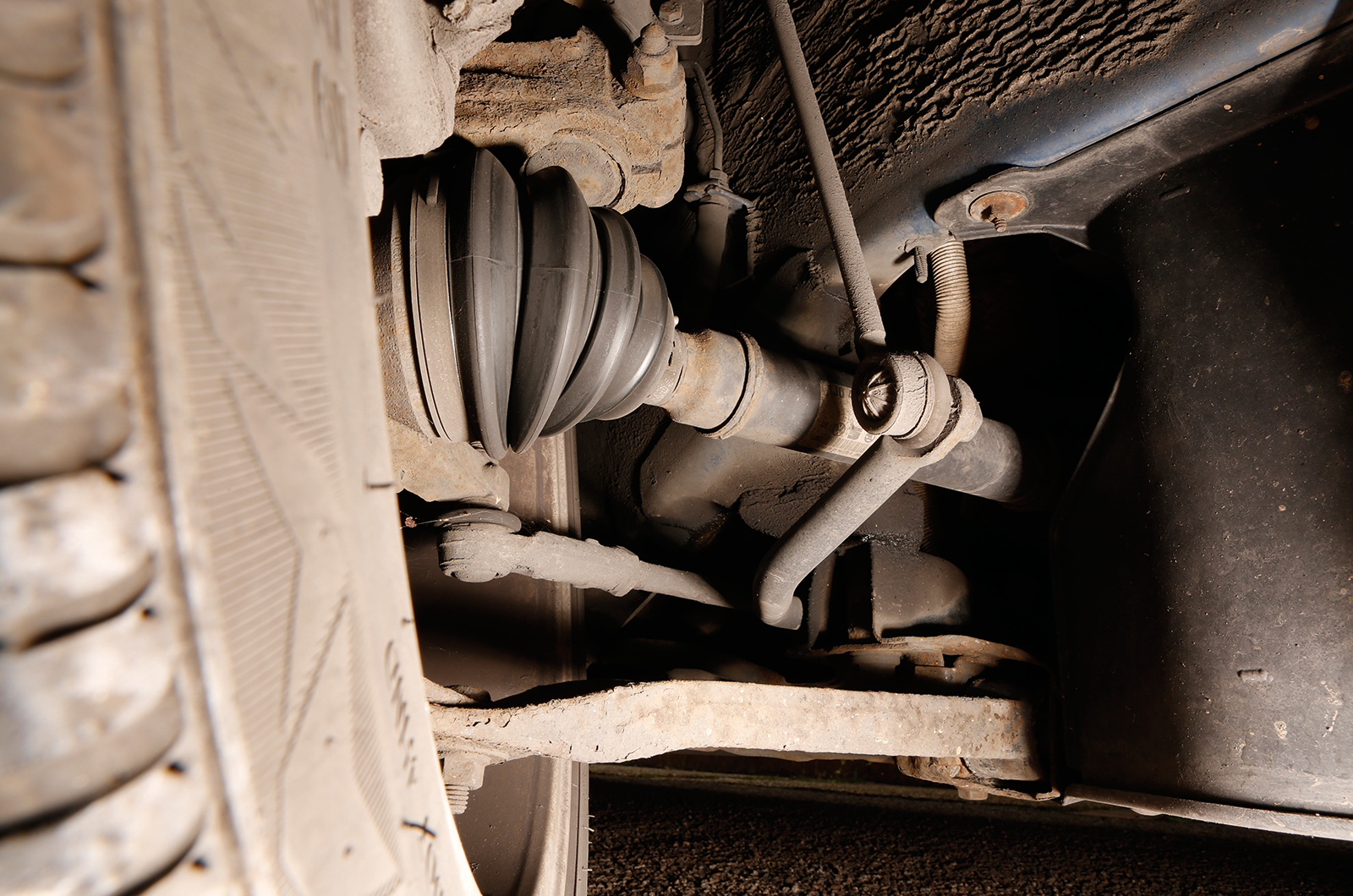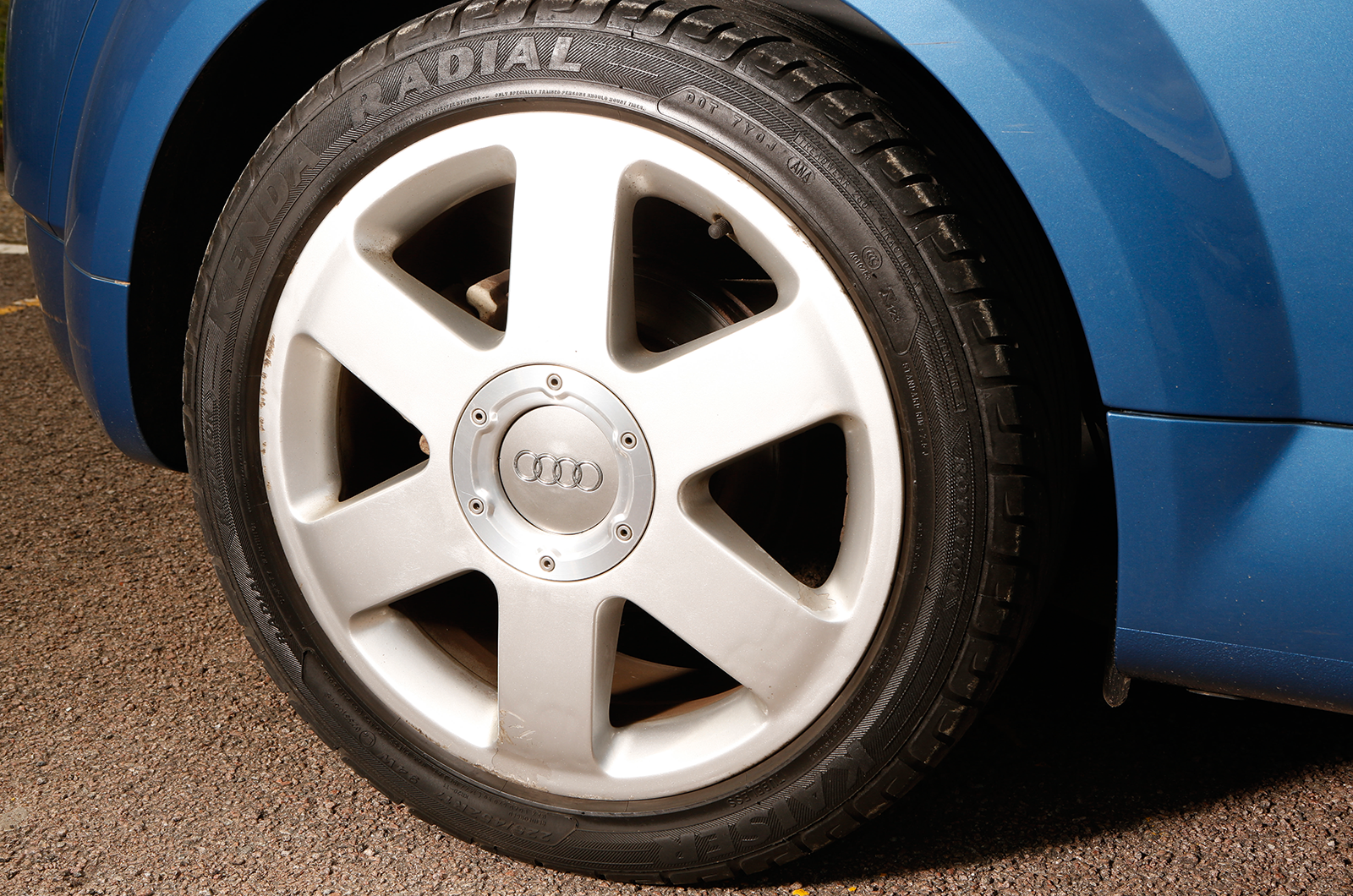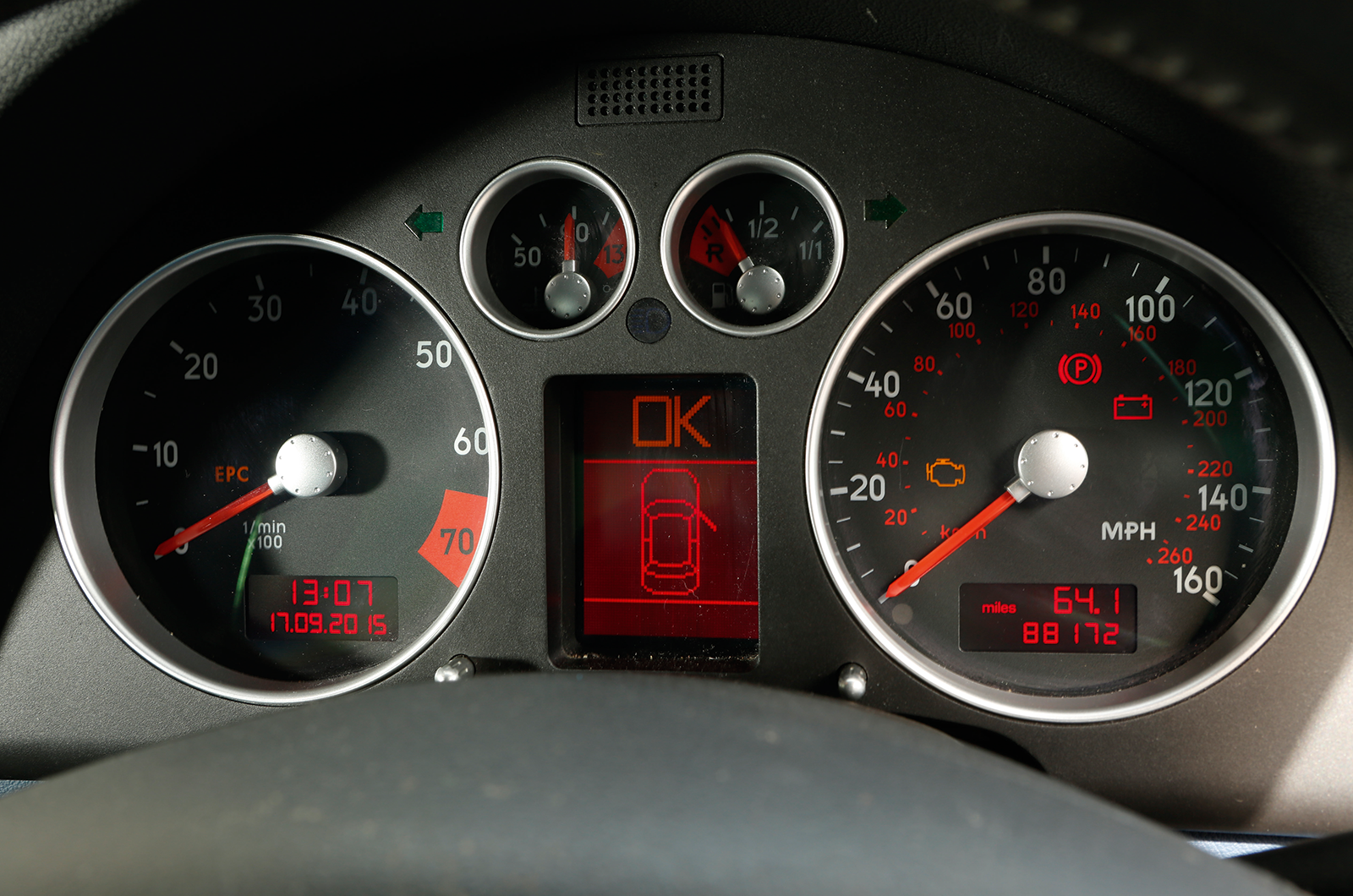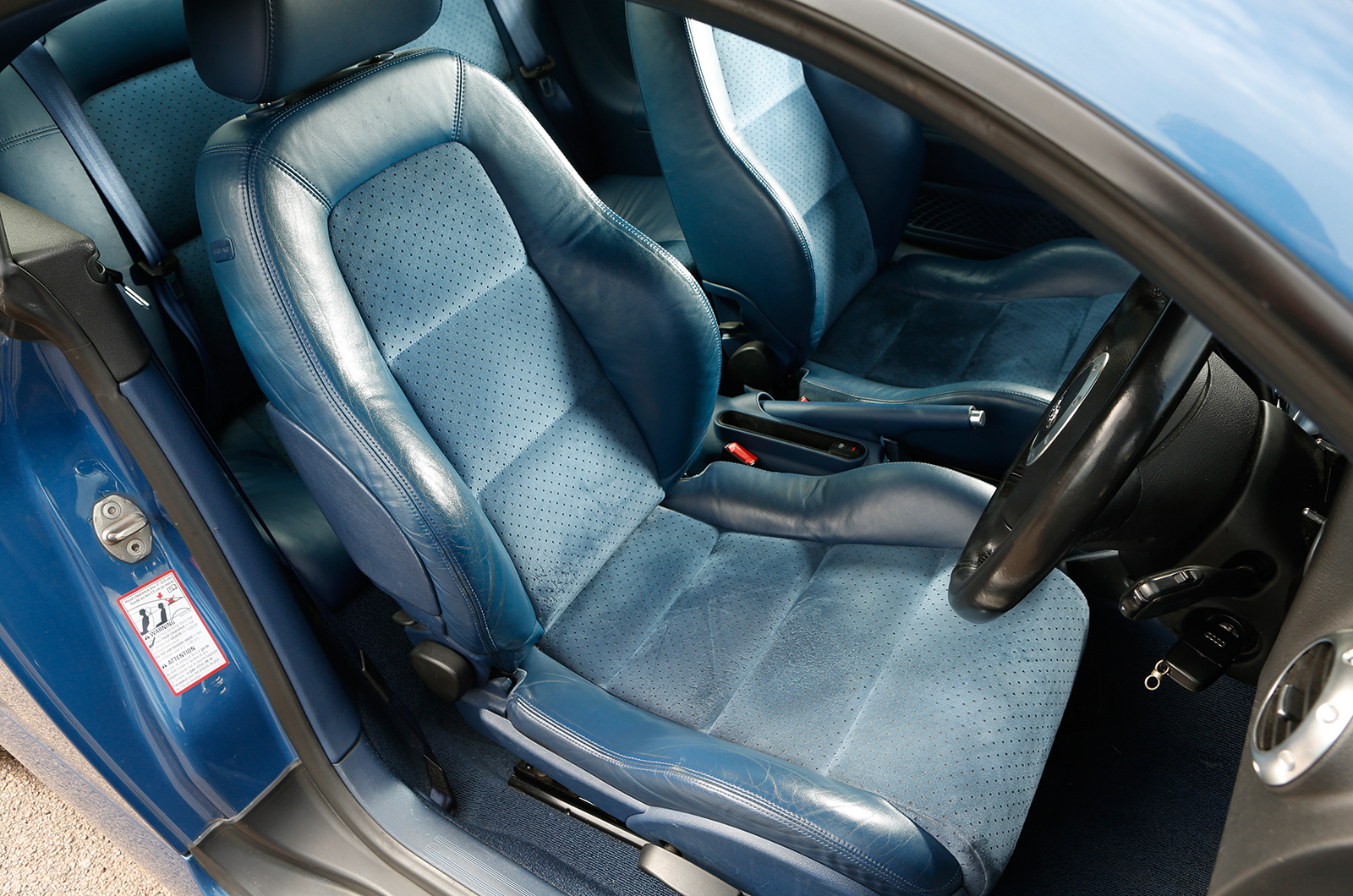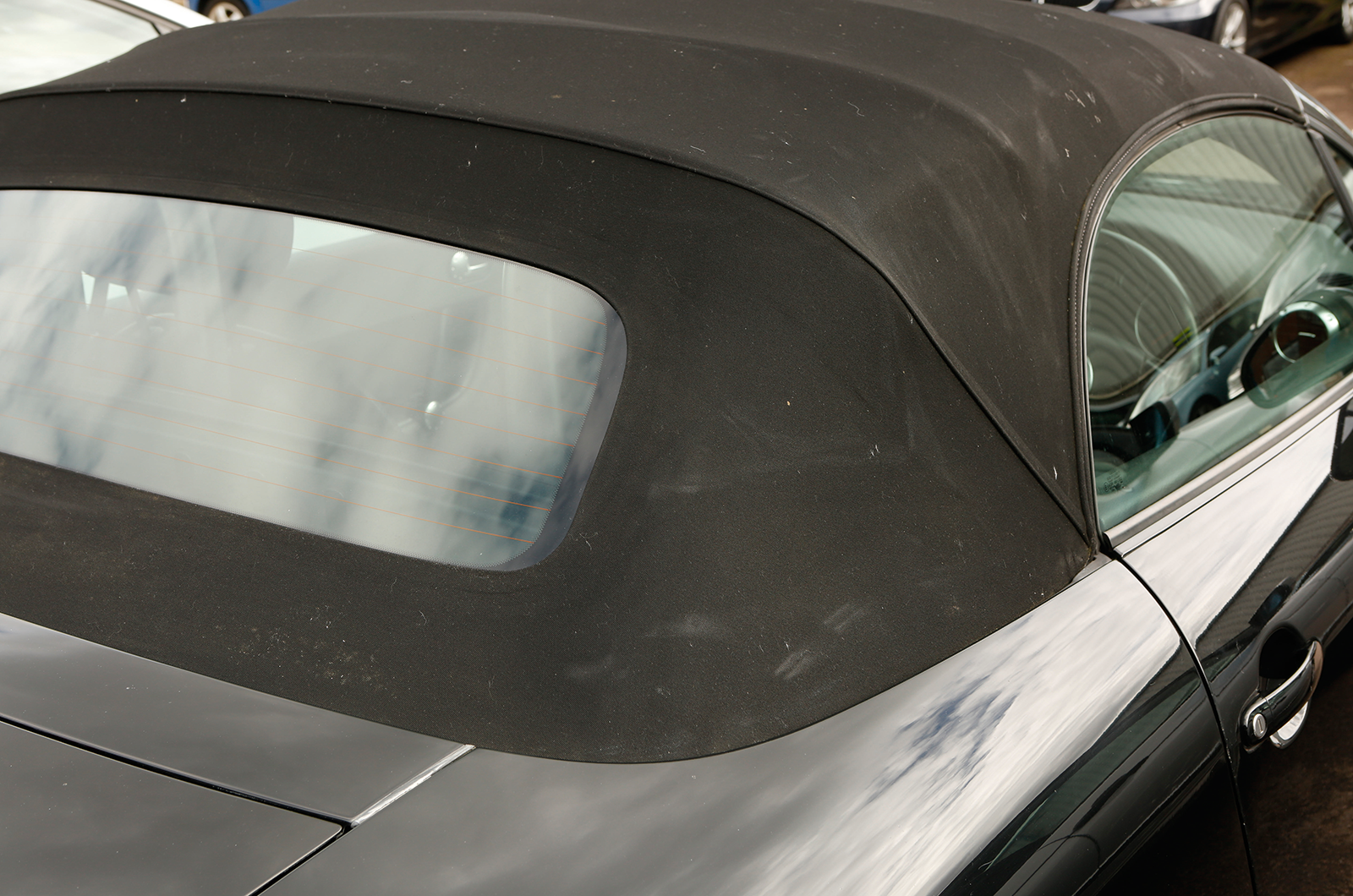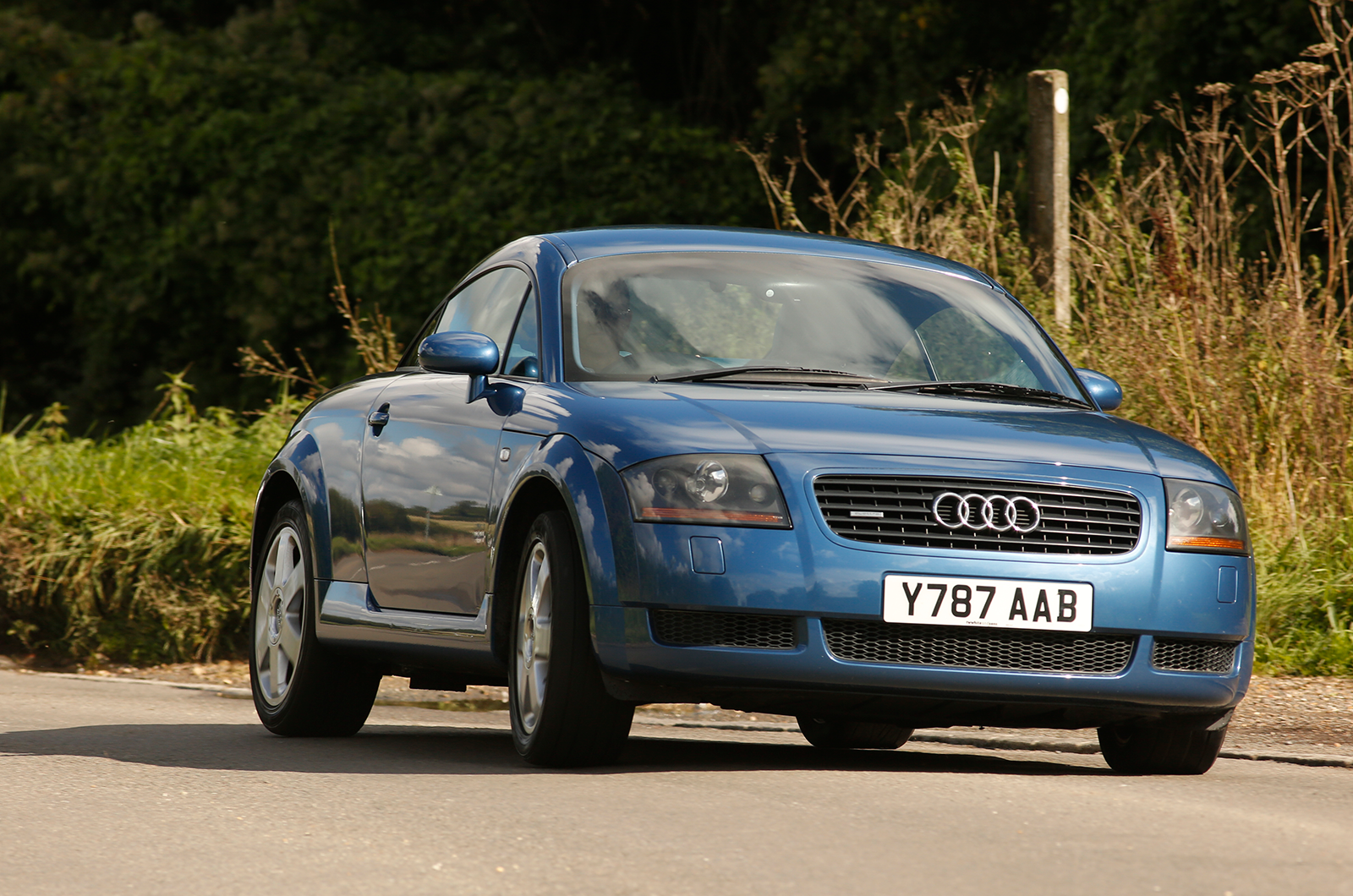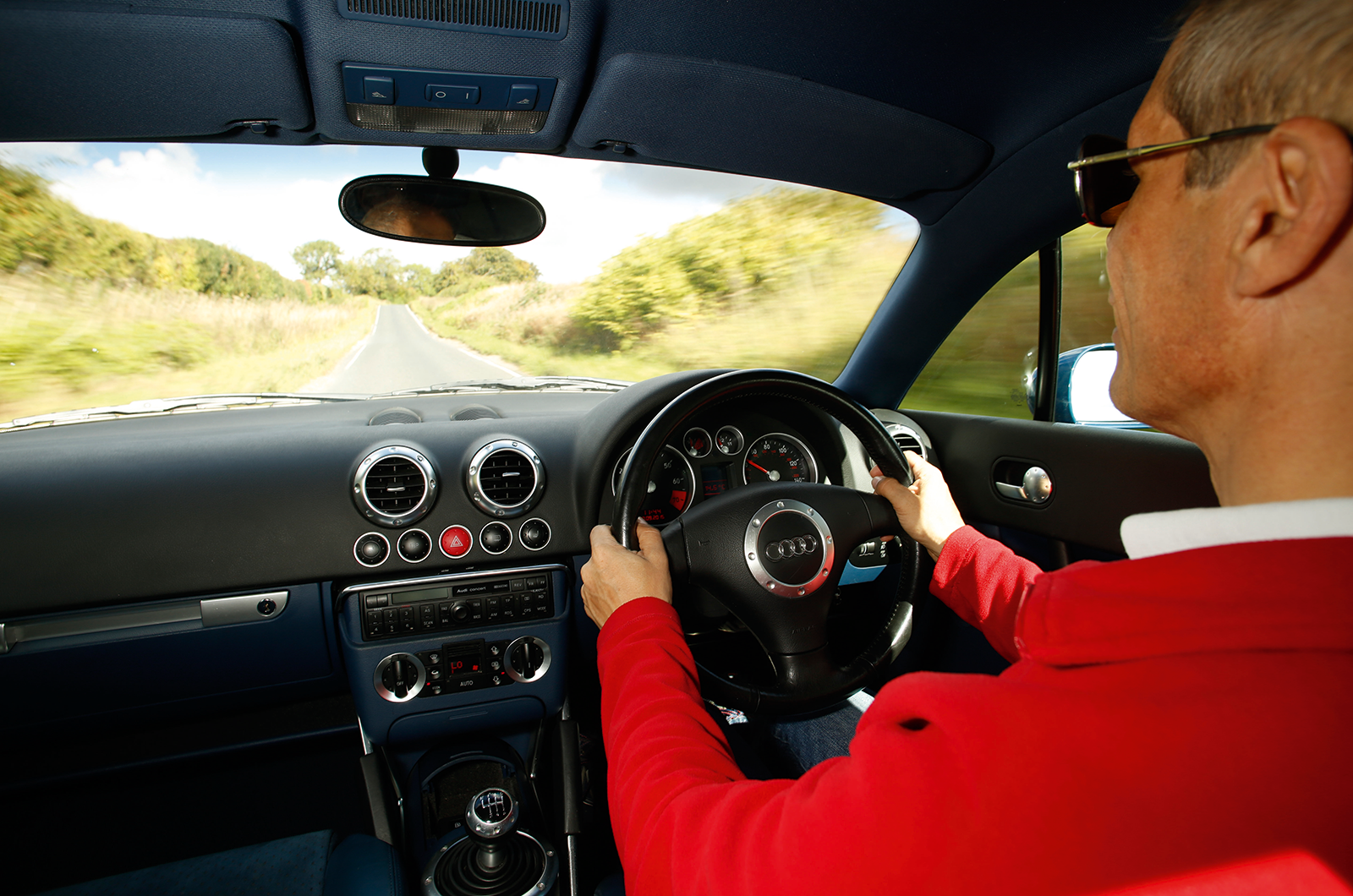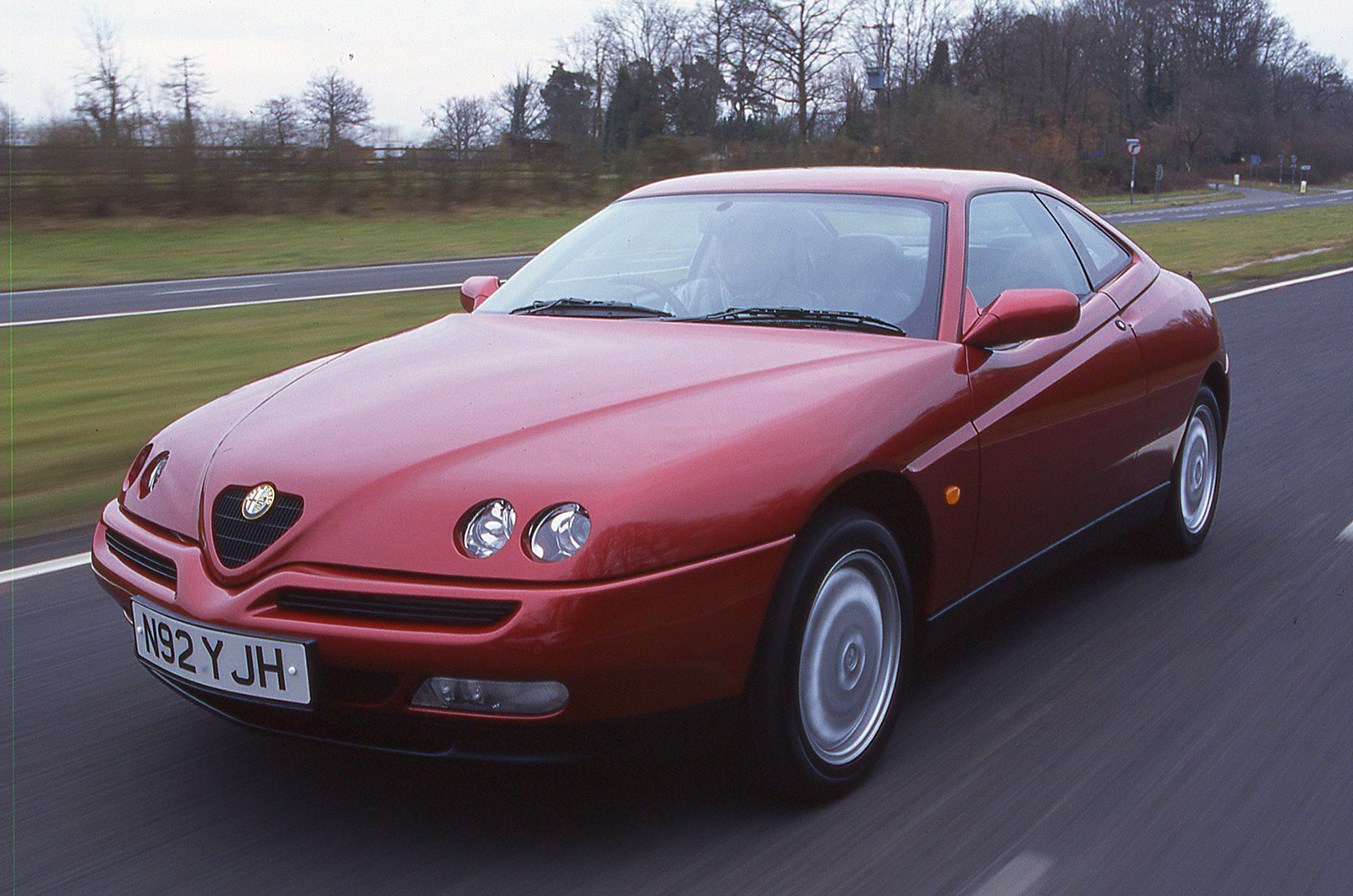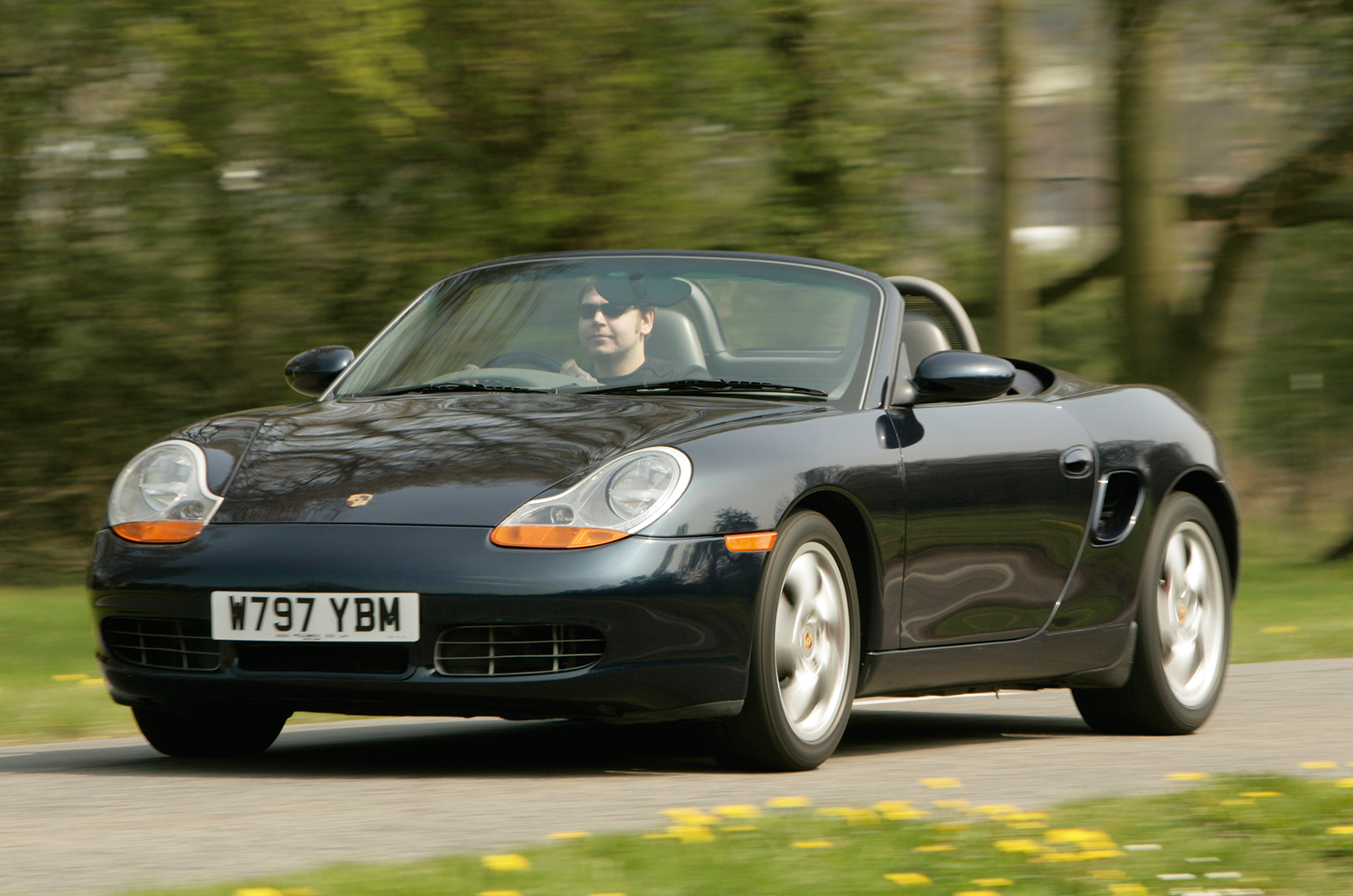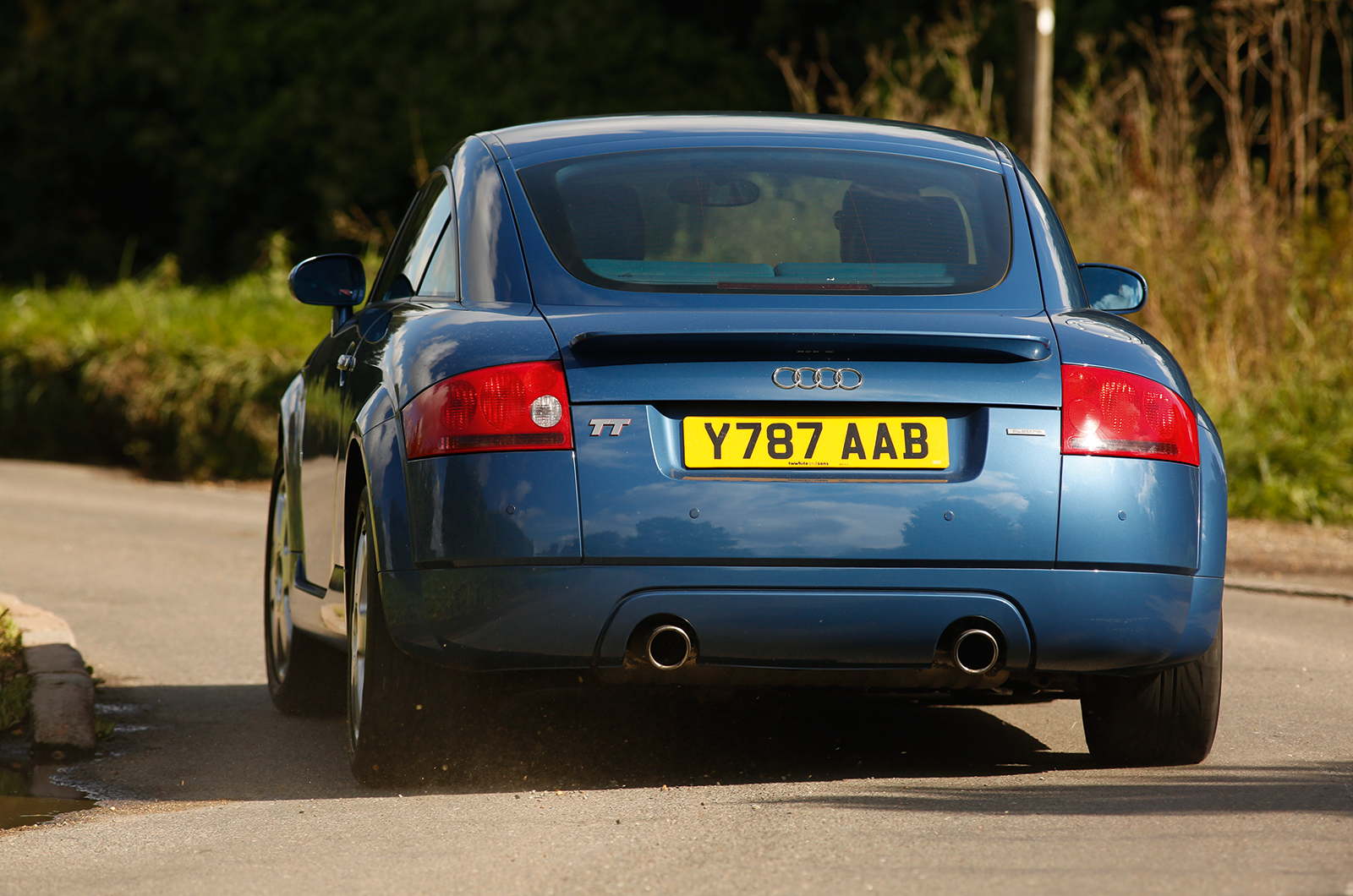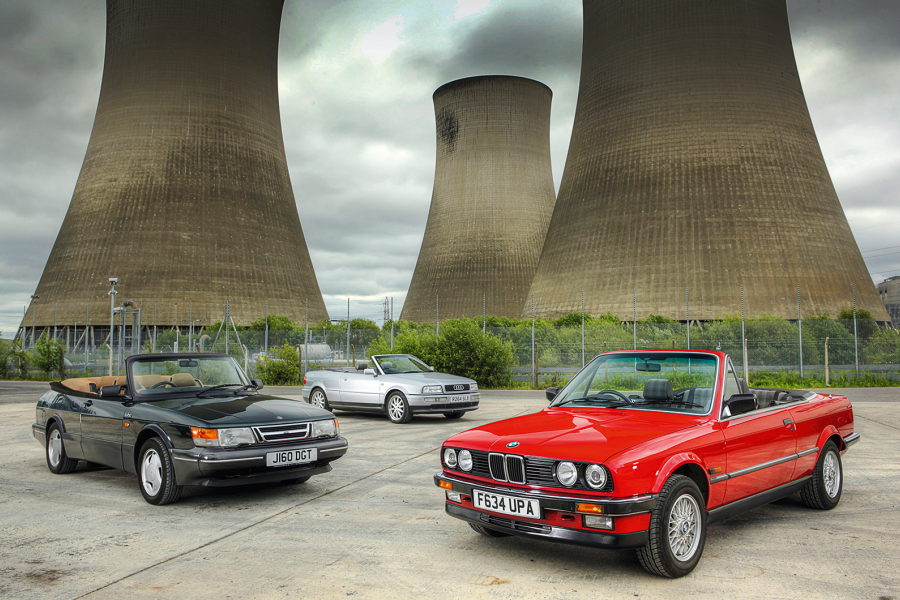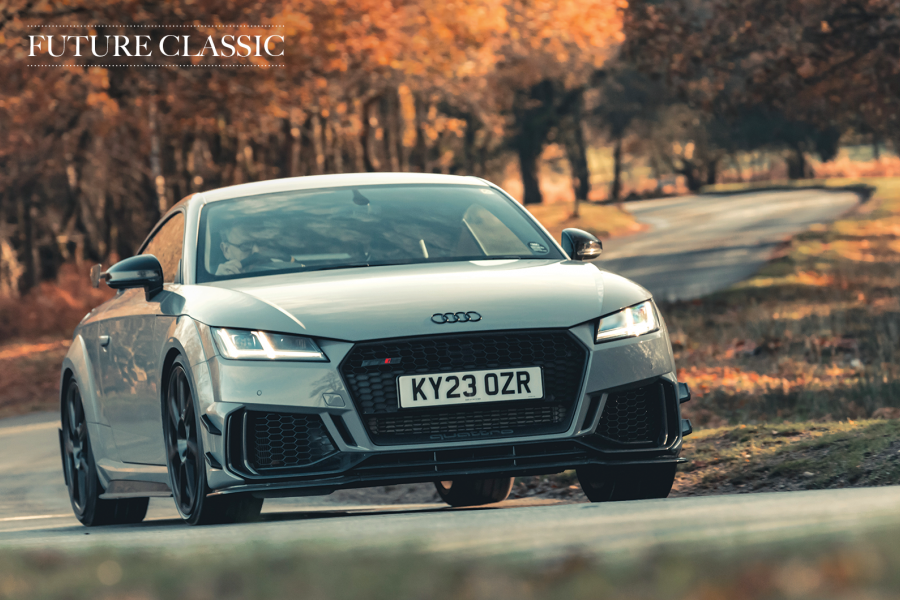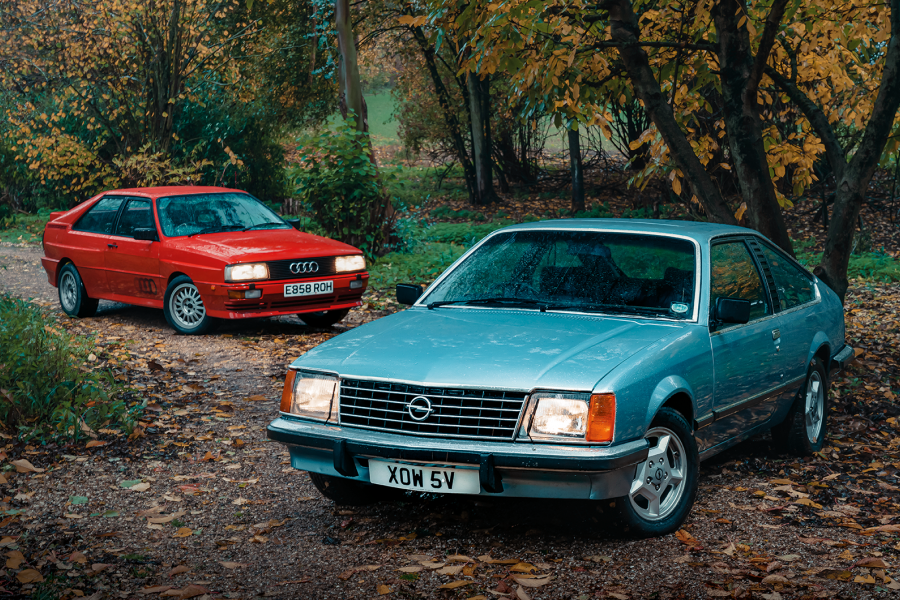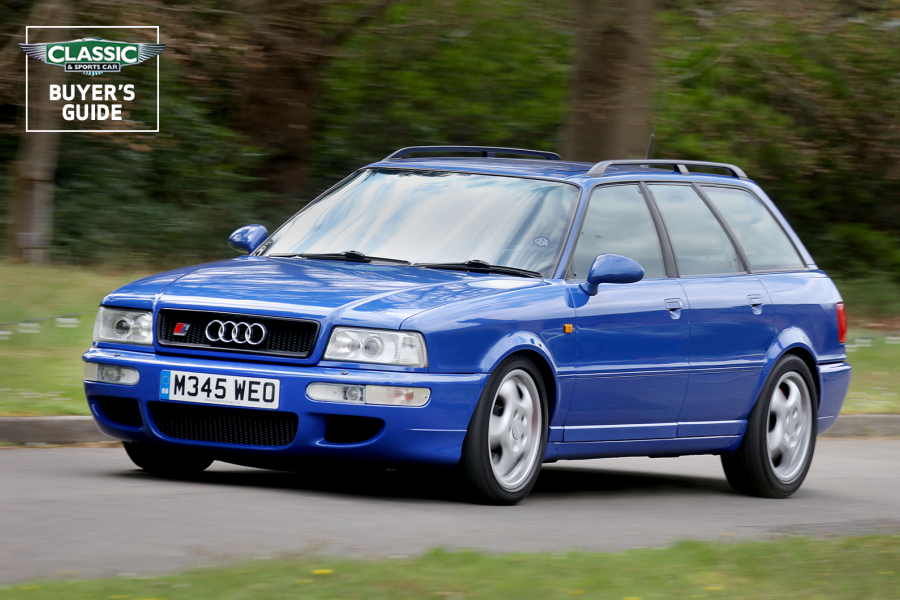Check the washer jets, (referred to by TT fans as ‘aliens’!) are working – they’re an MoT fail if not on all cars with xenons (all 225s). And make sure the engine undertray is in place and properly affixed.
The front lights fade badly and go cloudy. They can be restored with various proprietary products and give the car a real lift when done properly, as well as improving lighting.
Audi TT (Mk1): on the road
Any TT is quick, with good handling and grip from four-wheel-drive models. Many have been uprated, but check that mods were done by a reputable firm
It is surprising how modern an Audi TT Mk1 still feels, despite the fact that the oldest is now more than 20 years old.
It will easily keep up with modern traffic and the only noticeable shortfall will be the lack of a modern infotainment system. The factory sound systems, especially those with the optional Bose speakers and amp, sound great and can be retrofitted with Bluetooth modules and hands-free kits that replace the CD changer function.
Fuel economy is late 20s to early 30s when sensibly driven – the problem is they go so well, grip so much, make such a great noise and are so much fun that you find yourself using the available power. Driven spiritedly expect early 20s mpg. All this combined with decent ride quality and relatively low road noise makes a TT a daily driver candidate.
For the time being at least, TTs are still plentiful. Buy the best example you can find based on condition rather than purely on mileage. A well serviced and regularly driven car can be a much better proposition than a lower mileage dog.
A good TT is a wonderful, enjoyable car that well deserves its modern-classic status. A bad example will have you chasing niggly faults and can be a money pit – that’s why so many are currently being broken for parts.
The really low mileage versions are starting to come out of the woodwork at premium prices, but there are still so many out there that buyers can afford to be choosy. Buy the best you can afford and budget for some initial work to get it up to scratch. Rustproof the sills and change the cambelt.
Whilst the 225 is the most common, there was a special-edition Quattro Sport which had a handy 240bhp. This run-out model lost the back seats, had a two-tone colour scheme and optional Recaro bucket seats.
They’ve been slow to gather the additional value their rarity should command, partly because they aren’t really that much different to the 225 on which they are based. Originality is likely to enhance the value on what will eventually become the ultimate Mk1 Audi TT.
At present, any Mk1 TT seems remarkable value for money, offering style and performance in spades, with cheap and plentiful new and used parts supply.
Buy a good one now and it will be free motoring for the next few years and surely must eventually start to climb in value. In the meantime it’s a performance car bargain to be enjoyed both from behind the wheel and for its design that was so close to the original concept car.
Audi TT (Mk1) price guide
3.2 Roadster
- Show: £7000
- Average: £4000
- Restoration: £1500
3.2 Coupé Sport
- Show: £9000
- Average: £5000
- Restoration: £2000
225 Coupé
- Show: £3500
- Average: £2750
- Restoration: £1000
225 Roadster
- Show: £4000
- Average: £3000
- Restoration: £1000
Audi TT (Mk1) history
1995 TT Concept Coupé unveiled at Frankfurt Show and Roadster at Tokyo Show
1998 Sep TT Coupé 2+2 launched, as 180PS (16in wheels, five-speed ’box) or 225PS (17s, 6-speed)
1999 TT Roadster introduced
2000 Mar Recall to fit ESP, uprated front suspension arms and rear spoiler
2000 Sep six-speed gearbox standardised on all 180s and 225s
2001 Nov S-Line 225 Coupé: red or silver, leather seats, 18in alloys, lowered suspension
2002 Jan 18in rims and lowered suspension on all 180s and 225s
2002 Nov Coupé quattro 3.2 V6 added: Direct Shift Gearbox, bigger brakes, different front bumper and rear valance, larger rear spoiler
2003 Apr Roadster 150 (front-wheel drive, five-speed, more boot space) and Roadster quattro 3.2 released
2003 Dec 3.2 available as manual
2004 New front-drive 180, optional Tiptronic ’box
2005 Mar Coupé quattro Sport: 49kg lighter, 240PS (236bhp)
2005 Sep 150PS engine up to 163PS, 180PS to 190PS; 225PS options phased out
2006 Apr TT Mk1 replaced
The owner’s view
“I bought my Roadster from a main dealer in ’03,” recalls owner Mike Edwards. “Initially I was disappointed: it was much more modern and quicker than my old Coupé quattro, and the ability to drop the roof helped, but it somehow wasn’t as nice. 12 years on, I’ve got used to its limitations; it’s surprising how much can be carried in the boot or inside.
“I’ve had the clutch pedal snap; I’ve replaced the rear springs four or five times, and most front suspension bushes and joints – all easy DiY jobs. It has rusty arches on one side, which I assume is down to damage before I bought it. I’m surprised how much of the underside has rusty edges: hard to keep on top of, but largely cosmetic. My roof once lost the ability to open and close, and was repaired by the Audi agent at some cost.”
Also consider
Alfa Romeo GTV (left) and Porsche Boxster are alternative buys
ALFA GTV/SPIDER
Slightly outclassed by the TT in drivability, the Alfa rival (also 1.8 ‘four’ to 3.2 V6) oozed character, sounded great and housed a fabulous engine. If heart rules head, you might go for this.
Sold 1993-’04 • No. built 80,747 • Mpg 23-36 • 0-60mph 9.2-6.3 secs • Top speed 130-158mph • Price new £19,715-26,340 (’01) • Price now £3-10,000
PORSCHE BOXSTER
A more accomplished sports car, but it’s easy to get caught out with a moneypit in this price range. Intoxicating flat-six sound, plus it’s superb to drive; S reclaimed the performance crown, too.
Sold 1996-’04 • No. built 164,874 • Mpg 25-37 • 0-60mph 6.5-5.7 secs • Top speed 139-165mph • Price new £31,450-38,330 (’01) • Price now £5-15,000
Audi TT (Mk1): the Classic & Sports Car verdict
There’s a wide choice of TT models, so understand them and decide which suits you best before going out to look.
As with any well-built modern, problems are few and, because of tight production tolerances, if there are any faults all examples will suffer them. Beware cheap cars; go for one that’s been well looked after – it will save you thousands in the long run.
FOR
- Great Bauhaus looks
- Strong enthusiast following
- Excellent performance and handling
- Good parts and specialist back-up
AGAINST
- Interior is a bit plasticky
- Some have been crudely modified
- Complexity means non-routine jobs are costly
- ‘Bargains’ might have patchy service history
Audi TT (Mk1) specifications
- Sold/number built 1998-’06/275,339 (184,041 Coupé)
- Construction steel monocoque
- Engine iron-block, alloy-head dohc 20v 1781cc ‘four’, Bosch Motronic and KKK K04 turbo, or all-alloy dohc 24v 3189cc V6 with Bosch Motronic; 148bhp @ 5700rpm-246bhp @ 6300rpm; 155lb ft @ 1750rpm-236lb ft @ 2800rpm
- Transmission five-/six-speed manual or DSG semi-automatic, Haldex four-wheel drive
- Suspension: front MacPherson struts rear double wishbones, coil springs; telescopic dampers, anti-roll bar f/r
- Steering power-assisted rack and pinion, 2.8 turns lock-to-lock
- Brakes 312mm ventilated discs front, 226mm rear (V6 334/365mm), with servo and anti-lock
- Length 13ft 3in (4041mm)
- Width 6ft 1in (1856mm)
- Height 4ft 5in (1345mm)
- Wheelbase 7ft 11½in (2429mm)
- Weight 2816-3505lb (1280-1590kg)
- 0-60mph 8.6-5.7 secs
- Top speed 133-155mph
- Mpg 23-35
- Price new £24,050-29,000 (2001)
READ MORE
All Classic & Sports Car buyer’s guides
Starter classics: 14 great cars for a first-timer
28 appreciating classics and what you should pay for them
Malcolm McKay
Malcolm McKay is a regular contributor to Classic & Sports Car
